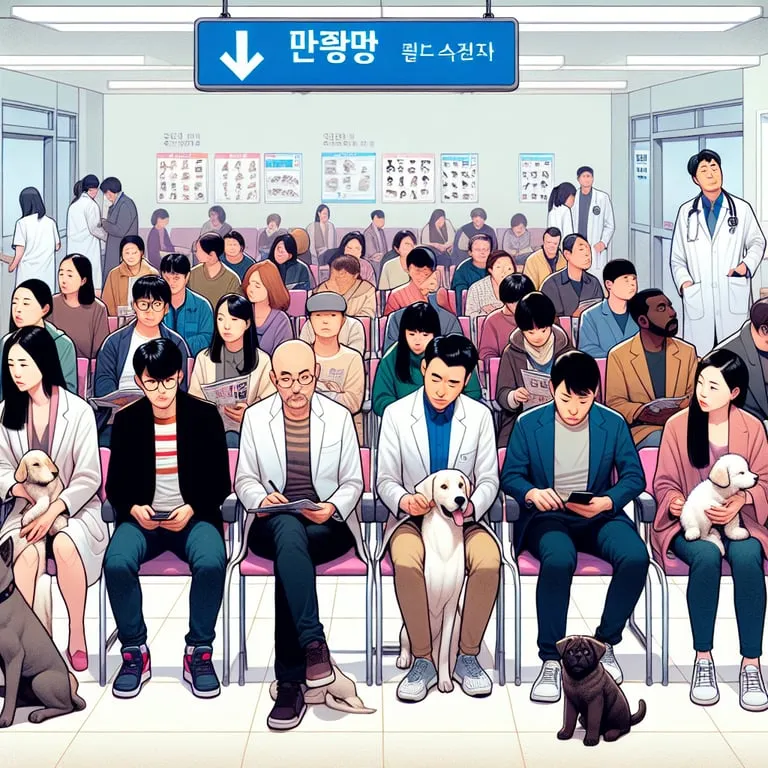
The growing phenomenon of “petflation” is reshaping Korea’s pet care industry. As currency depreciation intertwines with inflation, pet owners face skyrocketing expenses. This economic shift highlights the changing consumer behaviors and emotional connections with pets.
The Economic Landscape of Pet Care
Navigating the Korean pet market requires understanding the nexus between economic indicators and rising pet care costs. Insights from Statistics Korea reveal the complexities of this evolving sector.
Currency Depreciation and Inflation
In 2025, the Korean won’s depreciation has marked a pivotal economic shift. Holding at over 1,400 won per dollar, this depreciation mirrors levels once characteristic of financial crises. Now, it’s evolving into the “new normal,” influencing a surge in pet care costs.
Pet owners experienced firsthand the 116.8% consumer price index for pet products in 2024. The backdrop of currency devaluation and international inflation highlights the escalating expenses for imported pet food and supplies.
Consumer Spending Patterns
Pet owners’ spending behaviors mirror broader economic trends. The 2024 National Consciousness Survey on Animal Welfare indicated a sharp increase in monthly pet spending, which jumped to an average of 142,000 won compared to a mere 16,000 won in previous years. This illustrates shifting consumer priorities as pets assume greater emotional significance in households.
Adapting to Economic Shifts
Korean pet care providers face the challenge of maintaining operations amid ever-rising costs and evolving consumer expectations. These dynamics necessitate strategic adaptation to thrive.
Premium Pricing and Brand Loyalty
Premium brand pricing dominates the pet market, reflective of pet owners’ spending habits comparable to those on children’s products. Royal Canin’s 4.8% price increase underscores pressure from production costs amid international inflation. This trend suggests possible increases by other manufacturers, advancing the narrative of rising prices.
Brand loyalty remains a critical factor. Pet owners, like Kim Kyu-mi, find themselves challenged when transitioning pets to domestic brands. Many pets develop steadfast preferences, making switching difficult despite potential cost savings.
Business Strategies in Pet Care
Store owners in Seoul navigate the complex landscape, focusing on premium offerings to meet consumer demands. Discounts as a strategy capture limited appeal, as consumer patterns in this premium-driven market incline towards value over cost reduction.
The Emotional and Social Influence of Pets
Beyond mere economic numbers, pets’ role in society is transforming dramatically. Cultural shifts emphasize pets not just as companions but as essential family members.
Pets as Family
Pets in South Korea hold a significant emotional and social position, akin to family members. Rising expenses illustrate a broader commitment to ensuring pets’ well-being, sparking discussions on integrating pets into everyday life.
Consumer Behavior and Emotional Attachment
Modern pet owners’ increasing financial investment in pet care reflects deeper emotional attachments. This evolving narrative in consumer behavior highlights the importance of pets’ welfare in the familial context.
Conclusion: The Future of Pet Care in Korea
Understanding “petflation” requires a nuanced appreciation of the intersecting economic variables and shifting consumer behaviors. As Korea navigates these challenges, stakeholders in the pet care industry must stay vigilant and adaptable. Embracing sustainability and consumer responsibility will shape the path forward in this pet-centric era.
In light of economic fluctuations, consumers and providers alike must adapt to an evolving pet care landscape, fostering ongoing discussions about long-term strategies, innovation, and economic resilience. The narrative of managing pet costs in Korea continues to unfold as a defining component of modern consumer culture.
https://www.petmediapress.com/